Super Bowl XLIII: Steelers vs. Cardinals – A Thrilling Clash, The Immaculate Interception, and the Birth of Santonio’s Super Moment
Introduction:
Super Bowl XLIII, held on February 1, 2009, at Raymond James Stadium in Tampa, Florida, is etched in NFL history as a game of spectacular moments, incredible comebacks, and one of the most iconic plays in Super Bowl history. The matchup between the Pittsburgh Steelers and the Arizona Cardinals not only showcased the resilience of two formidable teams but also produced a thrilling narrative that captivated football fans worldwide. In this blog post, we unravel the story of Super Bowl XLIII, highlighting the heroics of Santonio Holmes, the Immaculate Interception, and the spectacle that unfolded on the grand stage.
The Context:
Super Bowl XLIII took place during an era when the Pittsburgh Steelers, under the leadership of head coach Mike Tomlin and quarterback Ben Roethlisberger, were establishing themselves as perennial contenders. On the other side, the Arizona Cardinals, guided by head coach Ken Whisenhunt and featuring quarterback Kurt Warner, were making a surprising run to the championship game, aiming for their first Super Bowl title.
The Teams and Players:
The Steelers, with a storied history and a reputation for a tenacious defense, entered Super Bowl XLIII with a sense of championship pedigree. Ben Roethlisberger, already a Super Bowl-winning quarterback, led an offense that featured a powerful running game and a dynamic receiving corps. The Cardinals, making their first Super Bowl appearance, were powered by the resurgence of Kurt Warner, who was supported by playmakers like Larry Fitzgerald and Anquan Boldin.
The Game Unfolds:
Super Bowl XLIII commenced with a flurry of action, setting the tone for a high-stakes battle. The Cardinals took an early lead with Kurt Warner connecting on a touchdown pass to Ben Patrick. The Steelers responded with a touchdown of their own, and the first quarter ended with both teams deadlocked at 7-7.
As the game progressed, the Steelers gained momentum, and by halftime, they held a 17-7 lead. The third quarter saw the Cardinals mounting a comeback, fueled by Larry Fitzgerald’s brilliance. Fitzgerald’s two touchdown receptions brought the Cardinals within striking distance, with the score at 20-16 in favor of the Steelers heading into the final quarter.
The fourth quarter of Super Bowl XLIII would go down in history as one of the most thrilling and dramatic periods in Super Bowl lore.
The Immaculate Interception:
With just over seven minutes left in the game, the Cardinals staged a remarkable drive, taking a 23-20 lead after Larry Fitzgerald’s third touchdown reception. The Steelers, facing a deficit, embarked on their own defining drive orchestrated by Ben Roethlisberger. As the clock ticked down, the Steelers found themselves on the Cardinals’ six-yard line with 43 seconds remaining.
In what would become known as the “Immaculate Interception,” Roethlisberger targeted receiver Santonio Holmes in the corner of the end zone. Holmes, amidst tight coverage, leaped into the air, secured the ball, and managed to keep both feet inbounds for the touchdown. The play was not only a testament to Holmes’ acrobatic skills but also a defining moment in Super Bowl history.
Santonio’s Super Moment:
Santonio Holmes’ game-winning touchdown catch in Super Bowl XLIII was more than just a reception; it was a moment that etched his name in Super Bowl lore. Holmes’ impeccable route running, precise footwork, and remarkable catch in traffic showcased the poise and skill required to make game-changing plays on the grandest stage.
The significance of Holmes’ catch extended beyond the immediate impact on the scoreboard. It became a symbol of the Steelers’ ability to perform under pressure and Roethlisberger’s knack for delivering in critical moments. The “Immaculate Interception” secured the Steelers’ 27-23 victory and added another chapter to the franchise’s storied history.
Legacy of Resilience:
Super Bowl XLIII left a lasting legacy of resilience for both the Pittsburgh Steelers and the Arizona Cardinals. The game showcased the Steelers’ ability to weather adversity, execute under pressure, and secure victory in the closing moments. On the other hand, the Cardinals’ valiant effort and memorable plays, particularly Larry Fitzgerald’s stellar performance, marked the beginning of a new era for the franchise.
The drama and excitement of Super Bowl XLIII reinforced the notion that championship football is often defined by the ability to rise to the occasion, make crucial plays, and etch moments into the fabric of sports history.
Halftime Show and Cultural Impact:
Super Bowl XLIII’s halftime show featured a performance by Bruce Springsteen and the E Street Band, bringing the energy of a rock concert to the football spectacle. Springsteen’s high-energy performance added a cultural touch to the Super Bowl, resonating with audiences beyond the realm of sports.
Conclusion:
Super Bowl XLIII stands as a testament to the unpredictable nature of championship football, where moments of brilliance and unforgettable plays define the narrative. The heroics of Santonio Holmes, the drama of the Immaculate Interception, and the overall spectacle of the game contribute to the enduring legacy of Super Bowl XLIII as a true classic in the history of the NFL.

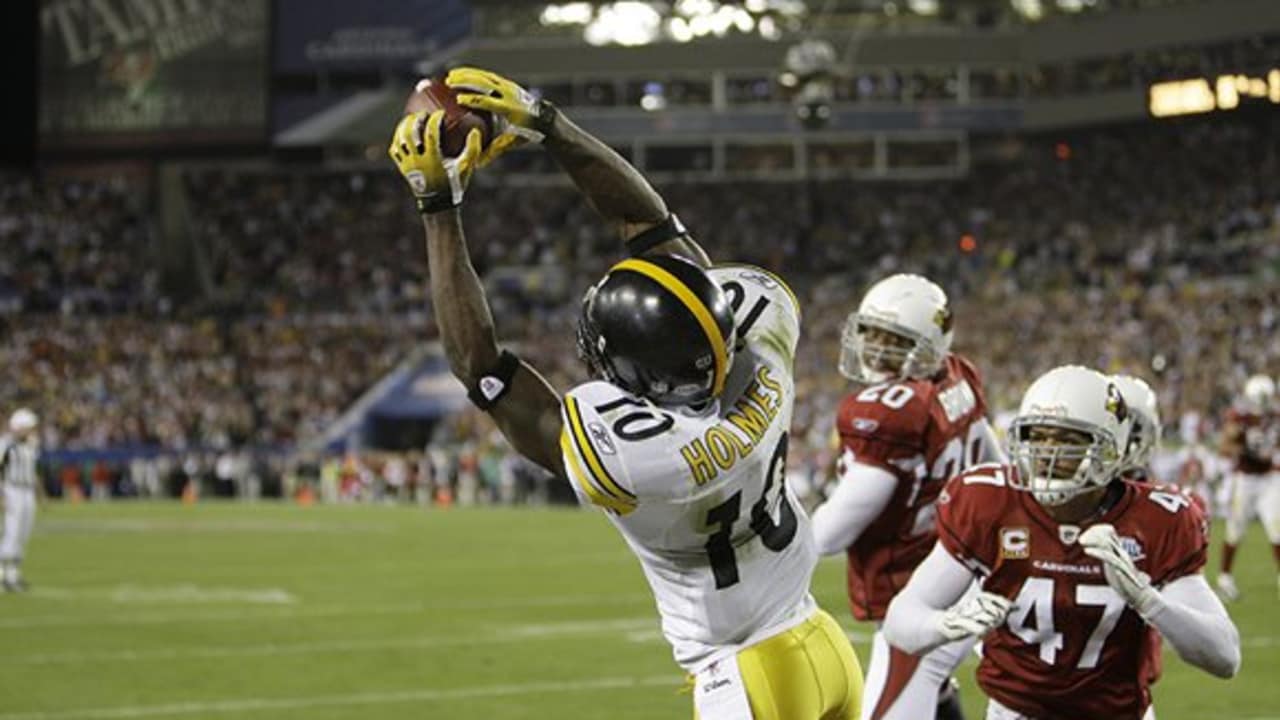
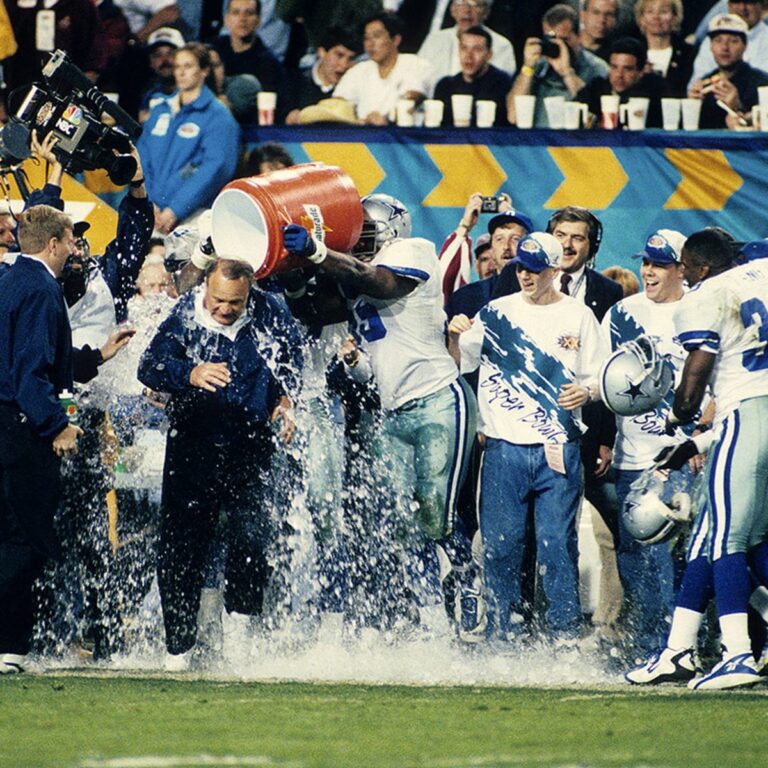
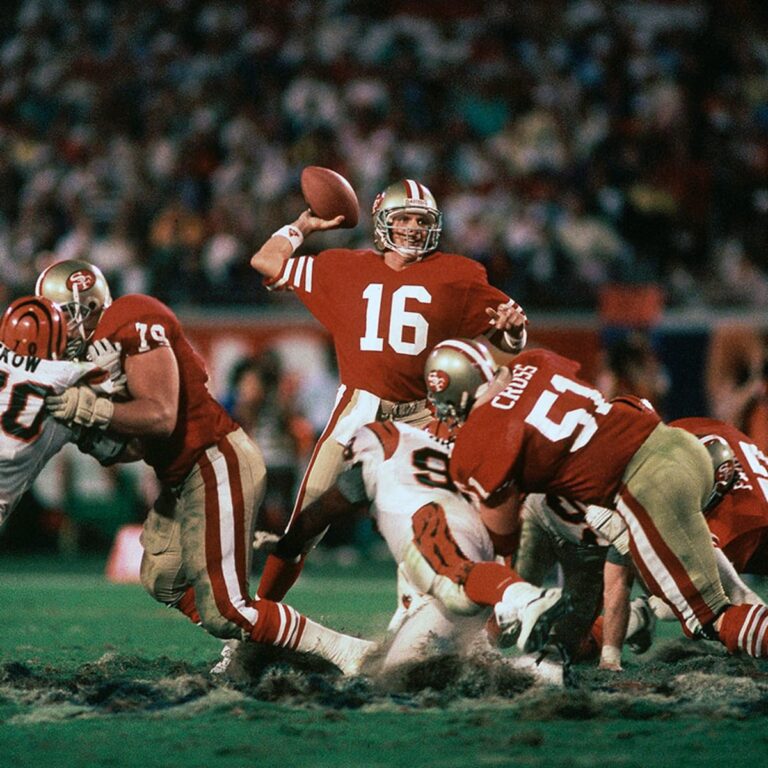
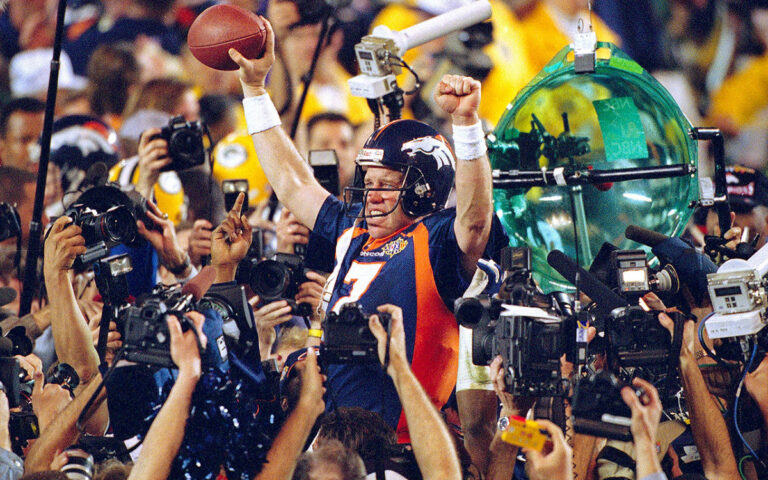
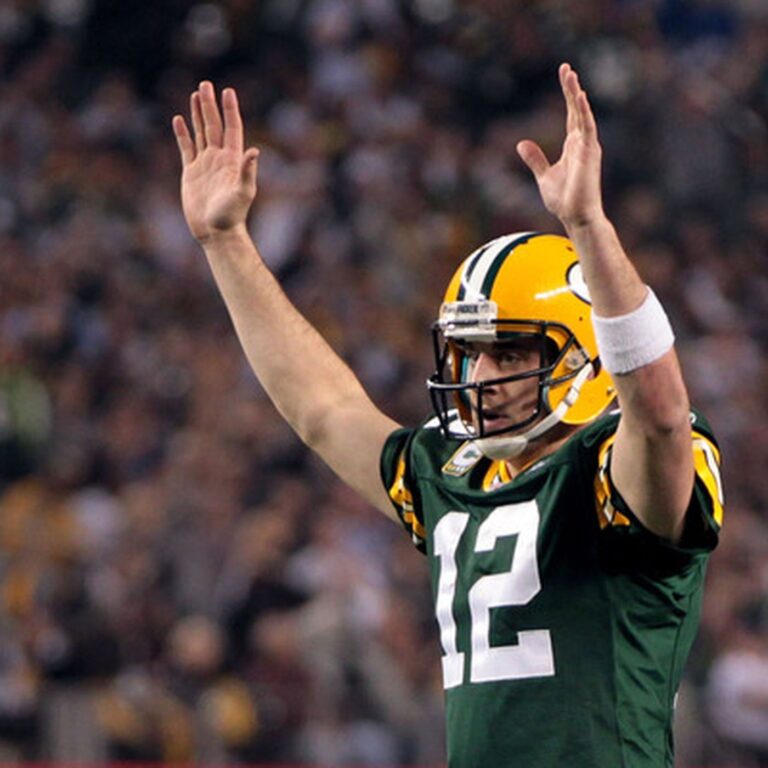
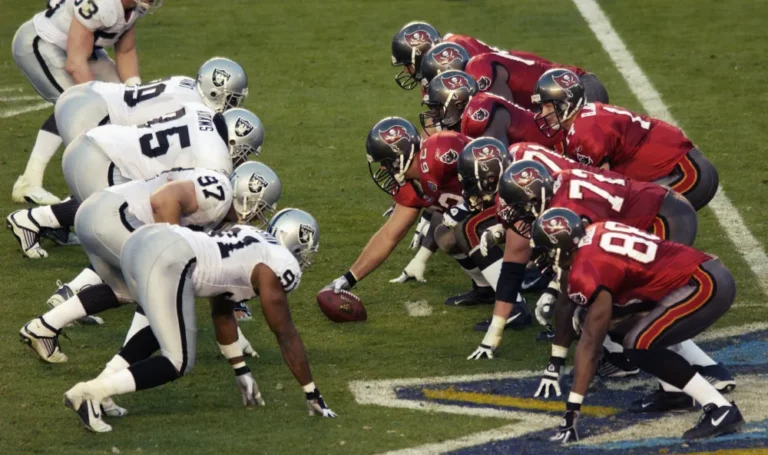
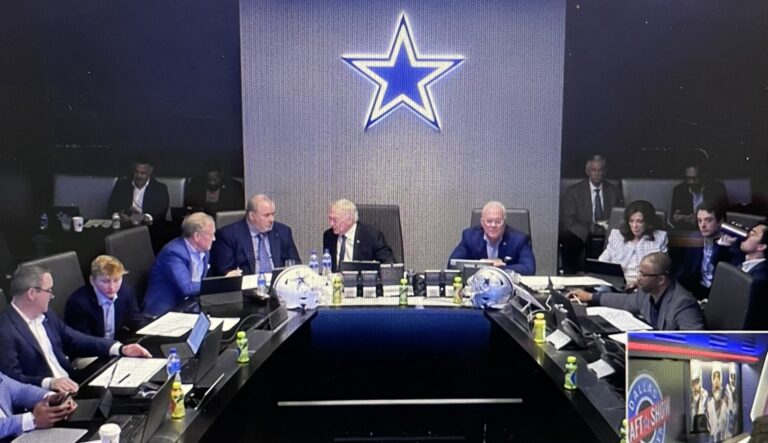
Does your site have a contact page? I’m having problems
locating it but, I’d like to shoot you ann email.
I’ve got some recommendations for your blog you migtht be interested in hearing.
Either way, great site and I look forward tto seeing it expand over time. https://www.waste-ndc.pro/community/profile/tressa79906983/
It’s at the bottom right.